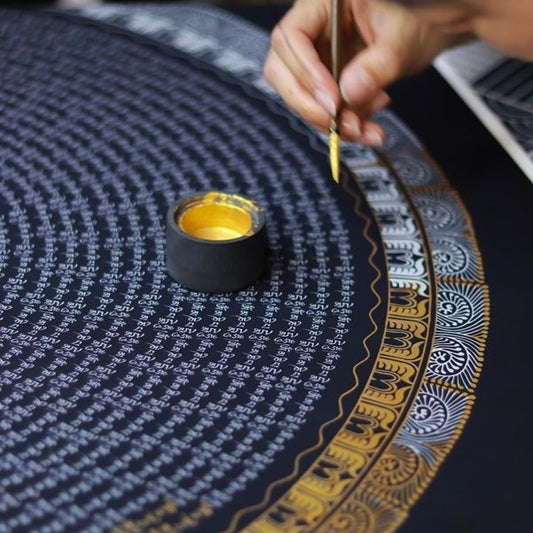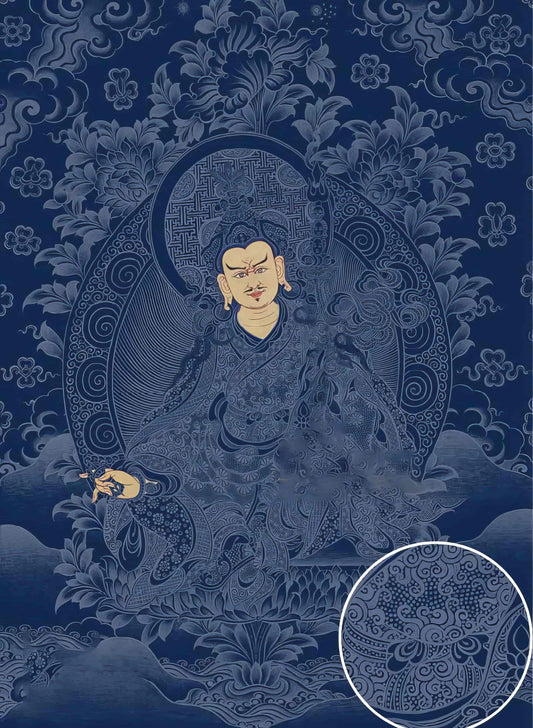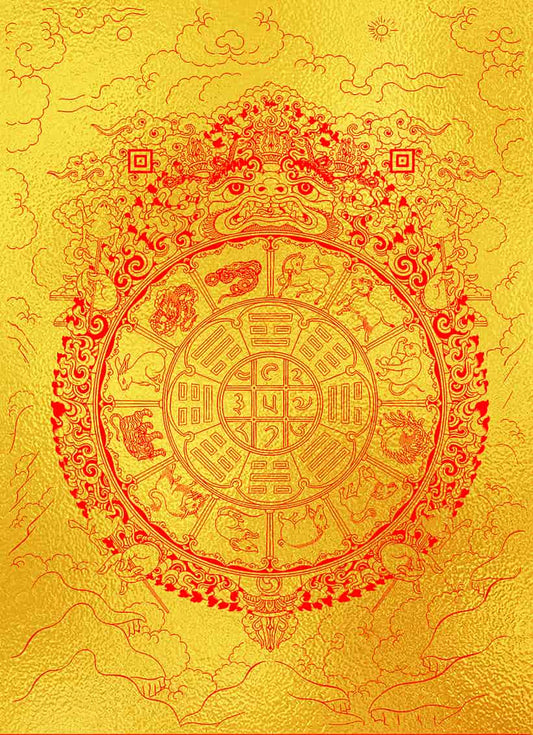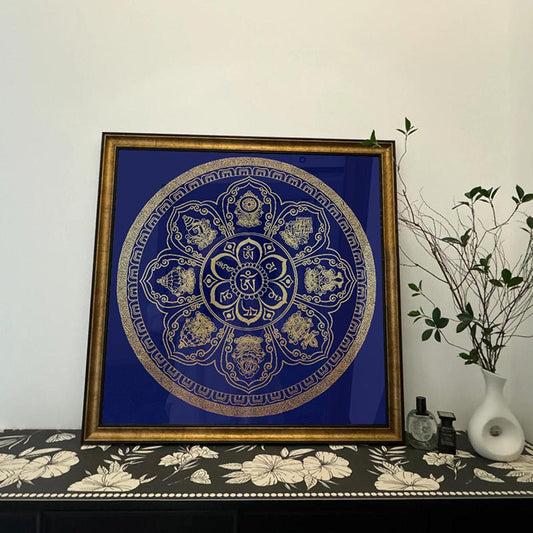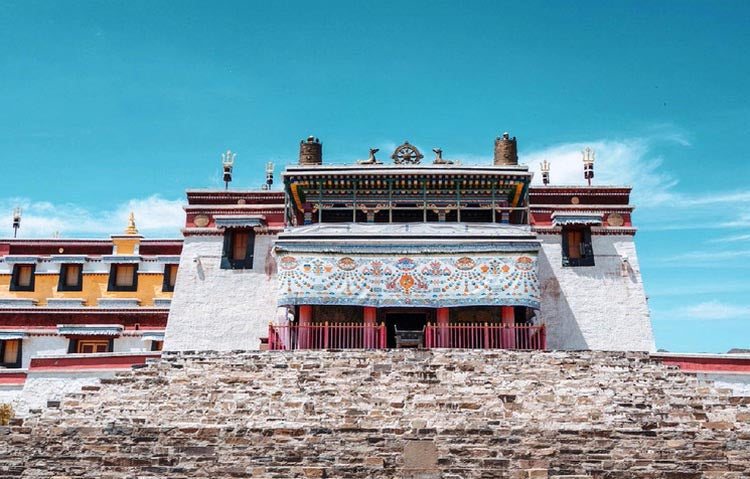Thangka Paintings in Sikkim A Harmonious Legacy
Thangka Paintings in Sikkim A Harmonious Legacy
Nestled in the Himalayas, the Indian state of Sikkim offers a unique tableau where Tibetan culture and local traditions blend harmoniously. One of the most vivid expressions of this cultural symbiosis is the art of thangka painting. Known for their intricate detail and spiritual depth, thangkas serve not only as objects of devotion but also as windows into the region's rich heritage.
While Sikkim follows many Tibetan traditions, its thangka paintings reveal distinctive elements that tell a story of adaptability and reverence. One can't help but be enthralled by the vibrant pigments — reds, blues, and golds — that seem to pulsate with life. The colors are often derived from natural minerals and herbs, each carrying its own symbolic significance. Gold, for instance, represents purity and divine wisdom, and its careful application requires a steady hand and a meditative state of mind.
Painting a thangka is not merely an act of artistic expression; it is a spiritual journey for the artist. In Sikkim, thangka painters often train rigorously under the guidance of a master artist, a tradition that echoes the monastic education found in Tibetan Buddhist monasteries. This apprenticeship can last for years, forging not just technical skills but also spiritual insight. Artisans are taught to paint with diligence and mindfulness, as every brushstroke is a form of meditation, a bridge between the earthly and the divine.
One of the compelling aspects of Sikkimese thangkas is their inclusion of local flora and fauna, which are seamlessly incorporated into the Tibetan cosmology. It's not uncommon to find the majestic peaks of the Himalayas depicted in the background, or local animals such as the red panda subtly woven into the celestial landscapes. This harmonious blend of elements not only enriches the visual narrative but also roots the spiritual themes in the tangible reality of Sikkim's environment.
These paintings often depict deities, mandalas, and life scenes from Buddhist teachings. A single thangka can be a repository of Buddhist philosophy, embodying complex narratives and esoteric symbols that require contemplation. For example, the wheel of life, often depicted in Sikkimese thangkas, offers profound insights into the cycle of birth, death, and rebirth. The observer is invited to engage with the art, to peel back layers of meaning, and to embark on their own spiritual exploration.
Sikkim's thangka art is more than a cultural artifact; it's a living tradition, continually evolving while adhering to its sacred roots. In attending to these artworks, one gains a deeper appreciation for the thoughtful synthesis of tradition and creativity. It's a reminder that while art may be static, its impact is dynamic, unfolding in myriad ways for both the creator and the viewer.
In Sikkim, thangkas do more than adorn temple walls or homes — they invite us to pause and reflect, to find stillness amid the whirl of life. Their beauty lies not only in their intricate detail but also in their capacity to connect us to a world where art and spirituality are one. It's a connection that feels profoundly human, bridging past and present in a timeless dance of color, symbol, and meaning.

